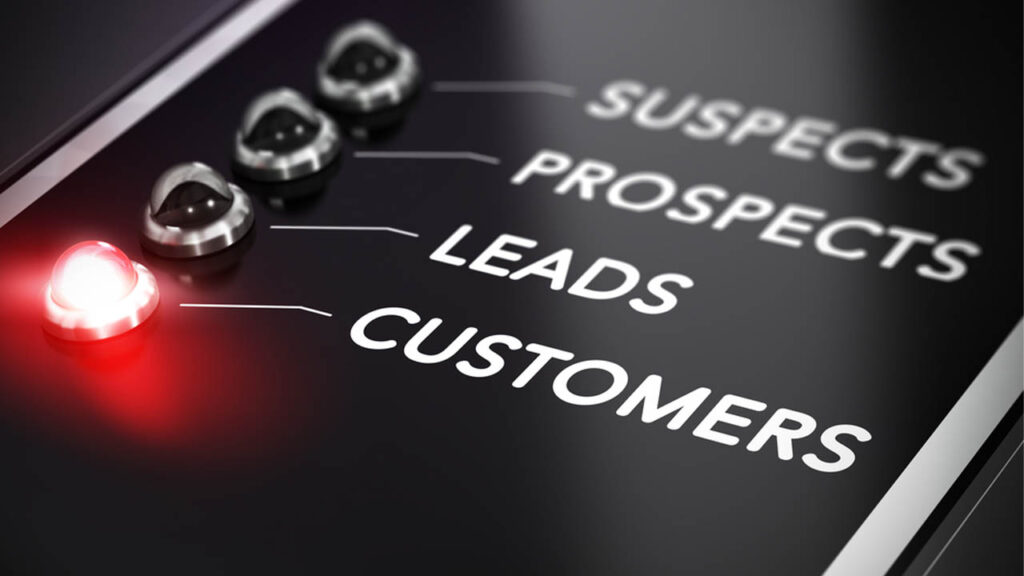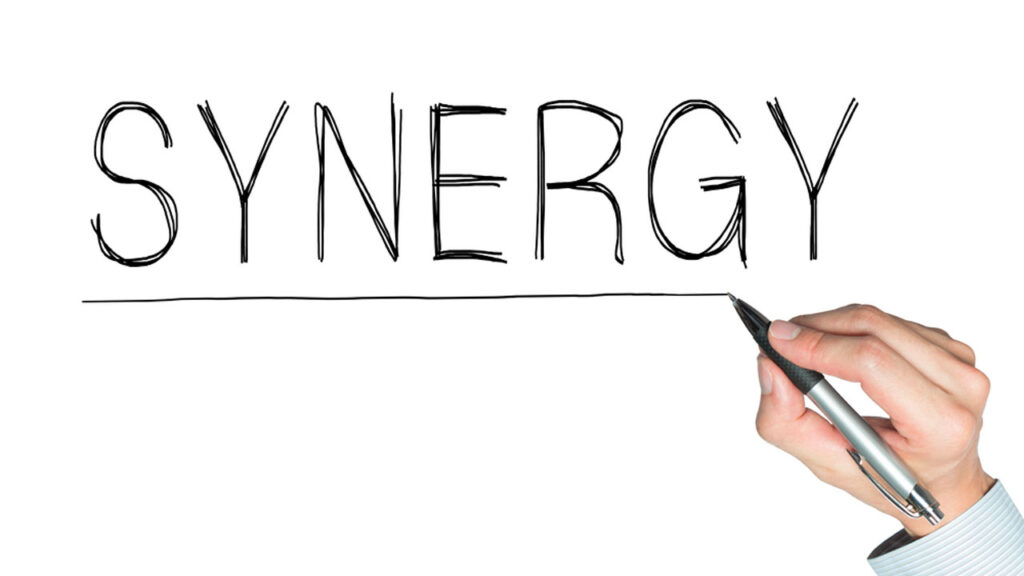Boost Your Sales Pipeline: How to Increase Lead Generation with Proven Tactics
Brett Lewis
Lead Generation - March 26, 2024

Do you need clarity on lead generation vs demand generation? Lead generation aims to nurture prospects into customers, while demand generation builds brand exposure and interest. Here, we dissect the two tactics, offering insight into when and how to deploy each within your marketing arsenal for optimal growth.
Key Takeaways
- Demand generation is fundamental in creating market interest, establishing brand awareness, and enhancing brand visibility through digital marketing tactics like content marketing and paid media, with measurable effectiveness via engagement rates and website traffic.
- Lead generation focuses on converting interest into actionable prospects by capturing contact information and nurturing relationships using techniques like opt-in forms, landing pages, and AI chat assistants, with success measured by conversion rates.
- Demand generation and lead generation are complementary strategies that progress potential customers through the buyer’s journey from awareness to action; their integration, along with the alignment between marketing and sales efforts, maximizes impact and leads to more successful conversions.
Decoding Demand Generation: The Engine of Market Interest

Consider demand generation as the spark that ignites market interest. This systematic process serves as the fuel for brand awareness and propels interest towards a company’s range of products or services. Think of it as a spotlight that shines on your brand, attracting potential customers and introducing your brand to new buyer groups. By utilizing demand generation content, you can effectively communicate your message and engage your audience in your demand generation efforts. Implementing demand generation tactics will further enhance your strategy and ensure success.
This top-of-the-funnel strategy forms the foundation for a comprehensive marketing approach.
The Goals Behind Generating Demand
Demand generation is not merely about proclaiming your brand loudly. It focuses on:
- enhancing brand visibility
- enlightening the market
- creating a digital footprint
- building brand value and trustworthiness that resonate with your audience.
Tactics That Fuel Demand Creation

Creating demand can be compared to building a fire; the right kindling is essential. Some tactics that can fuel this fire include:
- Content marketing
- Influencer marketing
- Paid media
- Guest posting on relevant domains
- Social media marketing
Measuring the Impact of Demand Gen
Comprehending the impact of your demand gen strategy is paramount. How do you know if your fire is burning bright or merely smoldering? Engagement rates, website traffic, and campaign reach are key metrics for assessing the effectiveness of your demand generation strategies.
Lead Generation: Capturing Interest and Converting Prospects

Lead generation takes center stage after demand generation sets the scene. It identifies and nurtures potential clients, collecting their contact information and building relationships along the way. It’s the art of turning a casual browser into a potential customer, and a potential customer into a loyal client. With a well-crafted lead generation strategy, businesses can ensure that demand generation and lead generation work hand in hand, creating a seamless and effective marketing strategy.
Lead Generation Techniques That Work

Numerous lead generation techniques exist that can convert audience interest into tangible action, including effective lead generation campaigns. Some of these lead generation tactics include:
- Opt-in opportunities
- Landing pages
- Demo requests
- Pay-per-click advertising
- AI chat assistants
These tools of the trade can make your lead generation efforts more effective, enhancing your overall lead generation work.
Nurturing Leads to Sales-Ready Status
After a lead is generated, nurturing becomes a necessity. This involves lead scoring systems, marketing qualified leads, and improving chatbot conversational sequences.
Tracking Lead Gen Success
Similar to demand gen, gauging the success of your lead gen efforts is essential. Designing clear SEO optimized landing pages that prompt immediate action can lead to higher conversion rates, while testing marketing elements can optimize these rates even further.
Bridging the Gap: How Demand Gen & Lead Gen Complement Each Other

Demand generation vs lead generation, two sides of the same coin, complement each other in engaging and converting the target audience. Demand gen creates broad awareness and education, while lead gen resonates with specific audiences to cultivate relationships.
From Awareness to Action: The Buyer’s Journey
The buyer’s journey comprises three stages – Awareness, Consideration, and Decision. In the Awareness stage, demand generation takes on a critical role by establishing a knowledge base and fostering a positive disposition towards a brand or product.
Integrated Campaigns for Maximum Impact
Integrated campaigns mix demand and lead generation strategies for maximum impact. They use demand generation assets to educate the market and foster engagement with the target audience.
Aligning Sales and Marketing Efforts
Aligning marketing efforts with the sales team is critical to ensure a smooth transition from generating demand to closing deals with paying customers.
Advanced Strategies for Optimizing Demand and Lead Generation
Adopting advanced strategies for optimizing demand and lead generation is a must for businesses aiming to stay ahead of the curve. This involves leveraging data, streamlining the conversion pathway, and future-proofing strategies.
Leveraging Data for Targeted Marketing
In today’s data-driven landscape, using data from resources like LinkedIn Lead Gen Forms and marketing automation workflows can enhance the effectiveness of targeted marketing.
Streamlining the Conversion Pathway
Optimizing lead generation involves a key aspect of streamlining the conversion process. This includes testing variations in copy to determine which resonates most effectively with the target audience.
Future-Proofing Your Strategy
Given the constant emergence of trends and innovations, it’s imperative for businesses to future-proof their strategies to maintain sustainability and competitiveness in marketing.
Summary
In conclusion, the synergy between demand and lead generation is a powerful combination that can supercharge your marketing efforts. Demand generation sparks interest and creates awareness, while lead generation nurtures that interest into tangible leads and business growth.
Frequently Asked Questions
What is the difference between demand generation and lead generation?
The main difference between demand generation and lead generation is that demand generation aims to create brand awareness and interest, while lead generation aims to identify and nurture potential customers to turn interest into sales-ready leads.
How can I measure the effectiveness of my demand generation strategies?
To measure the effectiveness of your demand generation strategies, you can track metrics like engagement rates, website traffic, and campaign reach. These will provide valuable insights into the success of your efforts.
What techniques can I use to improve my lead generation efforts?
To improve lead generation, consider presenting opt-in opportunities, leveraging compelling offers, and using AI chat assistants to engage potential leads. These techniques can enhance your overall lead generation efforts.
How do demand and lead generation complement each other?
Demand generation creates brand awareness and interest, while lead generation transforms this interest into potential sales and leads. Both work together to create a continuous customer pipeline.
What are some strategies to future-proof my demand and lead generation efforts?
To future-proof your demand and lead generation efforts, stay informed about upcoming trends, incorporate educational ecosystems, and utilize neuroscience-informed persuasion techniques for your strategies. These steps can help you adapt to changes and stay competitive in the market.
